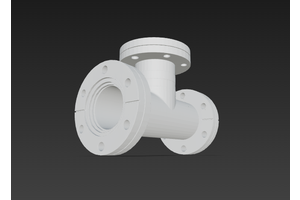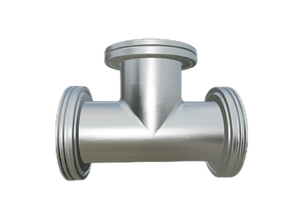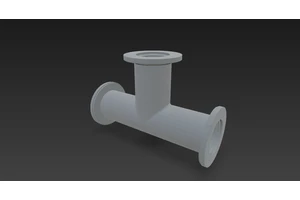Applications of Vacuum Technology in the Aerospace Industry
Vacuum science and aerospace technology are closely interconnected, with one of the most critical links being space environment simulation. All types of spacecraft — including launch vehicles, artificial satellites, manned spacecraft, space stations, space probes, and space shuttles — operate in the natural vacuum of outer space.
1. The Space Environment and Its Impact on Spacecraft
During spaceflight, spacecraft are exposed not only to the vacuum of space but also to solar radiation, high-energy charged particles, and extreme temperature variations. These environmental factors can:
-
Alter or degrade the performance of materials.
-
Reduce the sensitivity and accuracy of instruments.
-
Cause operational malfunctions.
-
Endanger astronaut safety in manned missions.
To prevent such risks, it is essential to conduct ground-based space environment simulation tests before launch. These tests allow engineers to understand how spacecraft perform in actual space conditions, detect potential issues, and implement corrective measures to ensure mission success and crew safety.
2. Space Environment Simulation Facilities
To meet testing requirements, various space simulation facilities have been developed. These facilities replicate the vacuum, temperature, and radiation conditions found in outer space. Table 1 shows several major simulation systems, their testing objectives, and the required vacuum levels.
Table 1 — Classification of Space Simulation Equipment, Testing Content, and Practical Vacuum Requirements
| Classification | Simulation Content | Practical Vacuum Range (Pa) |
|---|---|---|
| Rocket Engine | Space ignition, restart tests, thermal balance, thrust measurement, full-scale combustion, exhaust plume effects, fuel properties in vacuum, solar spectrum simulation, spacecraft vibration testing | 10⁻¹ ~ 10⁻⁸ |
| Astronaut Training Sealed Cabin | Adaptation to space environment (microgravity, physiological changes, living routines), emergency handling, spacesuit performance testing, space medicine research | 10² ~ 1 |
| Ion Thruster | Life span testing, performance evaluation | 10⁻⁴ ~ 10⁻⁵ |
| Materials and Components | Testing of thermal control materials, solar cells, spacecraft thermal insulation, high-temperature-resistant materials, lubricants, optical coatings, anti-friction bearings | 10⁻¹ ~ 10⁻⁶ |
| Thermal Vacuum Test | Performance evaluation of spacecraft subsystems and full assemblies under thermal vacuum conditions | 10⁻⁴ ~ 10⁻⁵ |
| Satellite Surface Charging Simulation | Charging, discharging, and protection testing to prevent uneven surface potential that could disrupt satellite operations | — |
3. Importance for Mission Success
These simulation tests are indispensable for ensuring that spacecraft materials, components, propulsion systems, and human crews can withstand the harsh space environment. By replicating real operational conditions on Earth, engineers can detect and resolve issues before launch, significantly improving the reliability and safety of space missions.
Conclusion
Vacuum technology is a cornerstone of aerospace research and development. From testing rocket engines to evaluating satellite surface charging, space environment simulation facilities make it possible to predict and mitigate in-flight risks. As human space exploration expands — from low-Earth orbit to deep space — the role of advanced vacuum systems in ensuring mission success will only become more critical.





